
Project development
Erat, sed diam voluptua. Consetetur sadi pscing elitr, sed diam nonumy eirmod Erat, sed diam voluptua. At vero eos et accusam et justo.
Project developmentErat, sed diam voluptua. Consetetur sadi pscing elitr, sed diam nonumy eirmod Erat, sed diam voluptua. At vero eos et accusam et justo.
Screening of microbes in Tannery soak liquor for biological reduction of Organic matter
Recent research envisages on the use of microbial technology for the co environmental pollution particularly on the industrial effluents. Since, tanneries play an important role in building the economy of our nation, there occurs a necessity in streamlining the process and thereby controlling the pollution.
The first operation, which the hides and skins have to undergo in leather manufacture, is soaking. The objects of soaking is, to rehydrate the hides and skins, to remove curing salts, to open - up the contracted fibrous structure of the skin and to partially dissolve the denatured proteins and remove them.
A perfectly soaked hide has flexible and slippery handle resembling a green hide. The method and duration of soaking vary depending on the condition of the raw stock. Soaking is largely a reversal of the curing process. Factors influencing the growth and activity of bacteria include the condition of hide entering soak, duration of soaking, weight proportion of hide to water, temperature of soak water, change of water during soaking, character/ type of soak, addition of antiseptics to soak, adaptation of hide bacteria to the environment.
The water content of fresh hides is of the order of 60 - 65%. If with salt the water content is reduced to
35-40% little or no development of mould occur. Some bacteria are inhibited.
40- 45% water content - development of mould bacteria begins
45 - 50% the conditions are favourable for strong growth of moulds & bacteria.
So, it is clear that, unless the water content is carefully controlled, it can lead to suitable conditions for bacterial growth. Salt prevents the growth of moulds (mostly) but not all the strains of bacteria. Moreover, different types of Staphylococcus, Micrococcus, Bacillus, Sarcina grow. The main objective of this study is to screen the bacteria present in the soak liquor and to determine its property in reducing the load of organic matter.
Soak liquor samples were collected from KKSK leather industry, Erode. Samples were plated on nutrient agar plates, which was previously prepared and sterilized at 121° C for 15 minutes at 15d lbs. Later, the plates were incubated at 37° C. After 24hrs, colony morphology of the bacteria was studied. Gram staining was done for all the obtained isolates. Various biochemical tests were performed to identify the bacteria. The cultures were sub cultured and stored. Each of the isolate was inoculated into the soak liquor (Sterlized previously) and the changes pH, BOD & TS were observed and the results were tabulated. After the preliminary studies, the obtained bacteria were screened for the production of enzymes - amylase and proteases.
Cultures were plated on starch agar and incubated for 24 hrs at 37° C. Iodine solution was added to the plates and a clear zone of hydrolysis was seen in the amylase-producing bacteria. This bacteria which was found to be Bacillus (I 1 & I 4) was used for the study.
Amylolytic activity was obtained by cultivating Bacillus in starch broth for 24 hrs. Estimation was done by DNS method where the reducing sugars produced by the action of amylases react with the dinitrosalicyclic acid and reduce it to a brown coloured product, niroaminosalicylic acid. A standard graph was plotted with maltose.
The Bacillus ( I & I 4) culture was grown in 2% peptone broth and incubated at 37° C for 24 hrs. Then it was screened for protease, an extra cellular enzyme. Proteolytic analysis was done by Lowry et al method (1951)
A strain of Pseudomonas aeruginosa was isolated in the laboratory, which was found to degrade the chrome dust shavings. Protease, an extracellular enzyme was found to be responsible for the hydrolytic action. Cultivation of P. aeruginosa was done in minimal media containing 2% peptone. This broth was incubated at 30° C for 48 hrs. The cells were centrifuged at 10,000 rpm at 10° C. The supernatant was collected as crude enzyme and stored at 5° C.
Chrome shavings were taken in 0.1. M K2 HP04 and sterilized at 15 minutes and then treated with the enzyme at room temperature. This was incubated for 7 days and the results were noted.
Soak Liquor Treatment
Soak liquor contains wastes which are animal in origin such as from hides skin and plant in orgin such as algal blooms, algal impurity in salt, both such biological impurities are filtered by Artemia. Brine shrimp Artemia often a life line the salt is the major faunal element of hypersaline ecosystems.
The method of soak liquor treatment is designed with filter, grit chamber, soak liquor collection tank, condensers I and II Artemia bio-pond, effluent flow cemented channels secondary collection tank and crystalliser yard. The methodology deals with removal of hairs by filter, dirt dung and soil by grit chamber and effluent is collected in the collection tank below the ground level. It is then pumped into the condensers I and II for building brine concentration upto 100ppt. The brine flows into the Artemia biopond from one end and the effluent is collected the other end of the pond which is provided with appropriate filters to retain nauplii and cysts. The biologically treated soak liquor is allowed to flow in cemented floor channel and collected in the secondary collection tank for further increasing the concentration of brine, which is then sprayed over the cemented crystalliser yard. The removal of suspended solids by Artemia increases the evaporation of soak liquor which facilitated for salt crystallization.
The novelty in the present study is the recovery of organic nutrients waste by Artemia as value added biomass energy. The nutrients in the form of dissolved and suspended forms are recovered from soak liquor. The use of brine shrimp as filter feeder, which can filter solids which are less than 50 micro in size as a secondary stage in the system. When under correct soak liquor effluent management the brine shrimp filters the organic waste particles and utilizes the energy source for its growth and multiplication.
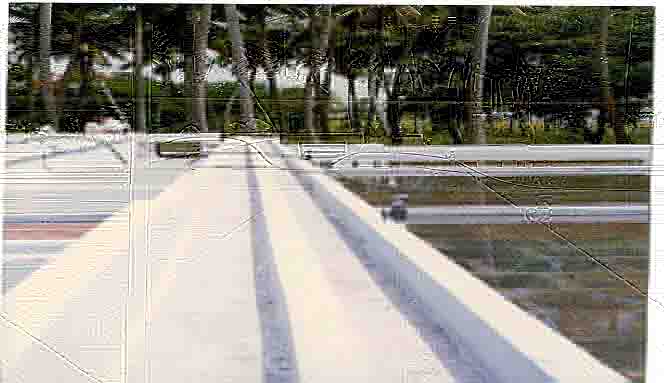
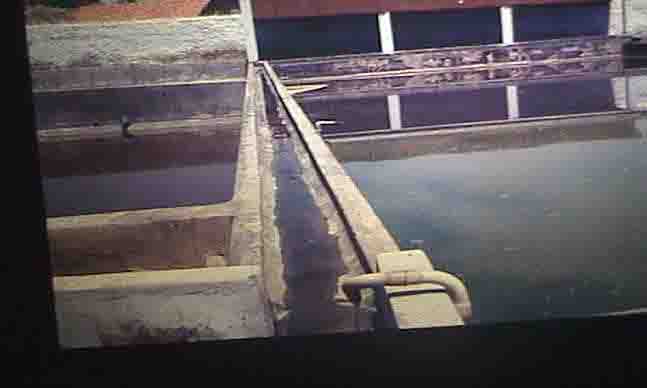

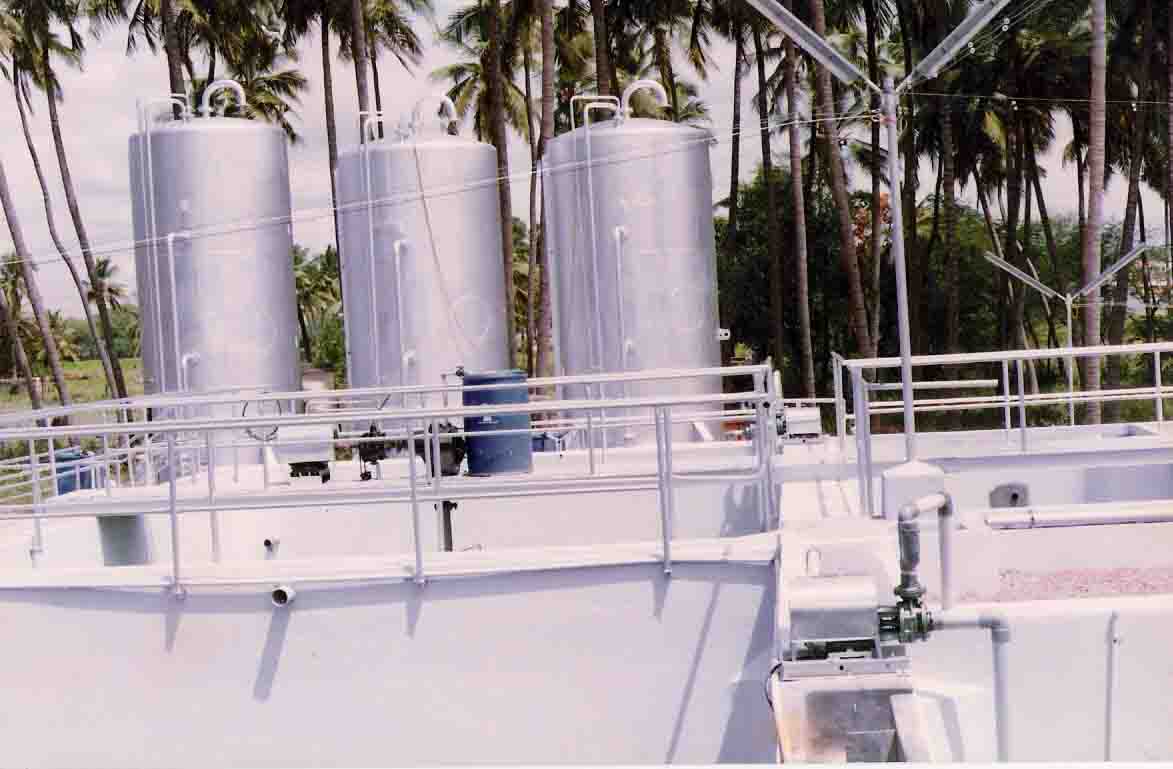
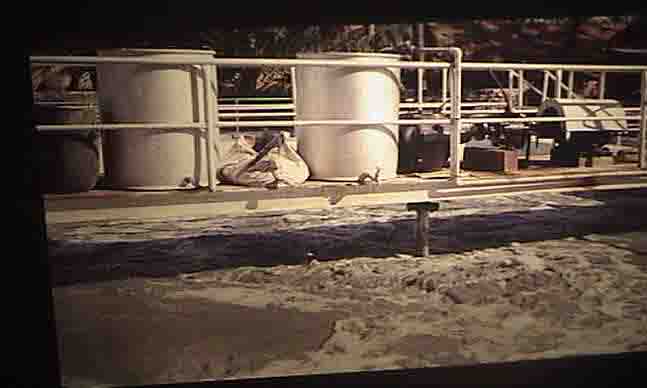
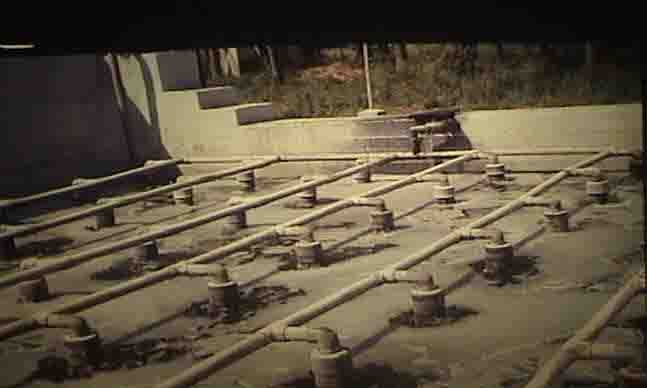
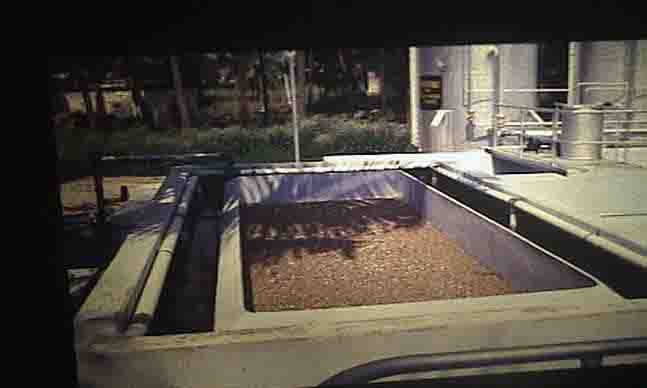
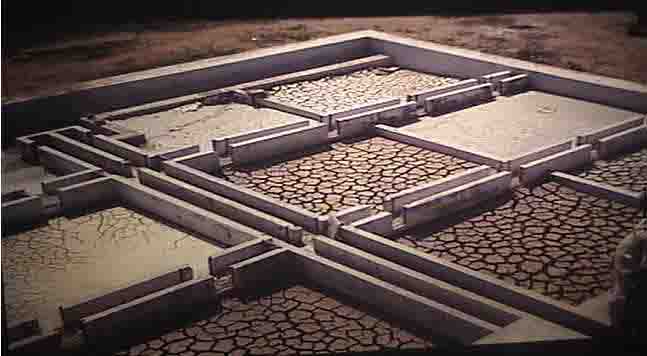
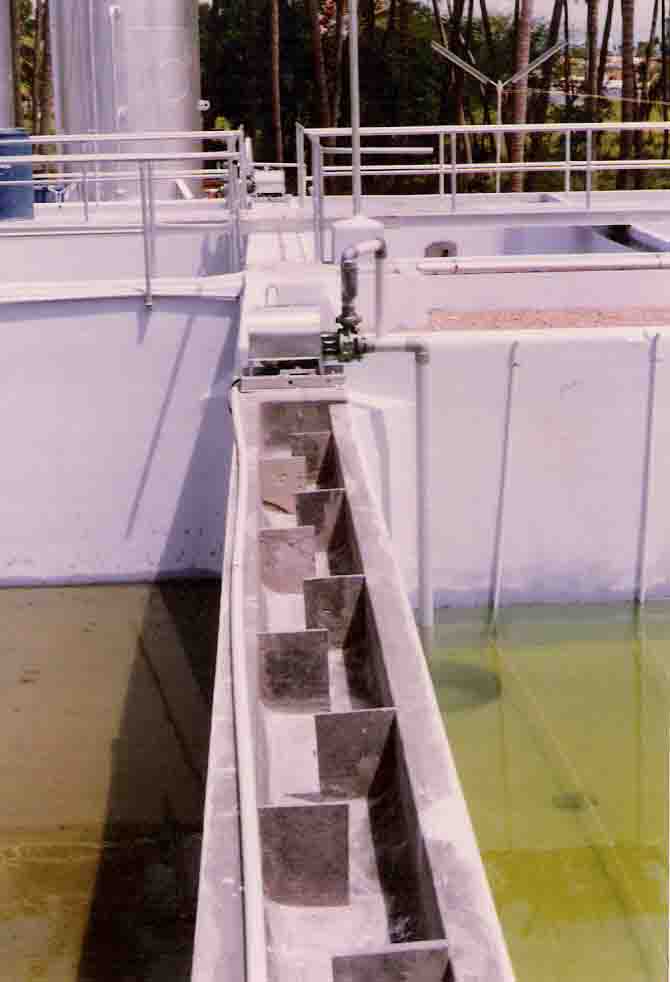
The excess biomass is harvested along with the cysts. Cyts production rate in the soak liquor is very much higher than under natural Indian saline ecosystem. Artemia biomass is used as a live feed which is a recycled protein of animal origin to give requisite ammonia acid spectrum and additionally will reduce the requirment for the input of protein from a new source. Being a continuous filter feeder, Artemia ingests all organic particles and thus act as vacuum cleaners converting any particulate matter into Artemia biomass. Cysts or faecal pellets which do not interfere with the salt production. The brine shrimp excrete their waste in membrane bound faecal pellets which sinks to the bottom and forms a good organic substrate for halobacterium. Recovery of salt as byproduct from the soak liquor is not a slow physical process because there is an active contribution from the biological components that exists with the soak liquor treatment process.
By using this ecofriendly method soak liquor is treated. The advantages in the methodology are the recovery of Artemia biomass, cysts and salt as the major byproduct besides solar evaporation of effluent. The result of this investigation indicates that Artemia is able to convert the dissolved nutrients which are animal origin predominantly present in the effluent into anostracan biomass.
When compared to the chemical composition of raw and treated soak liquor using by the present biological method of treatment it indicated that TDS has reduced to 17%, COD to 30%. BOD to 42% and the length of Artemia has grown to 12mm in size on an average and the fecundity is low being 22-45 when compared to the natural population. In earlier study a similar reduction was reported in BOD (34%), total solids (69%) using Artemia in treatemnet of distillery effluent.
This suggests a methodology for treatment of soak liquor in the tannery and the recovery of value added bio and byproducts thus achieving zero pollution as far as soak liquor is concerned.
Copyright 2005 @ wasterecycleinfo.com A StudioFx creation